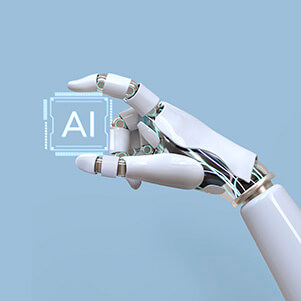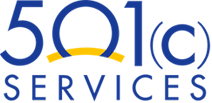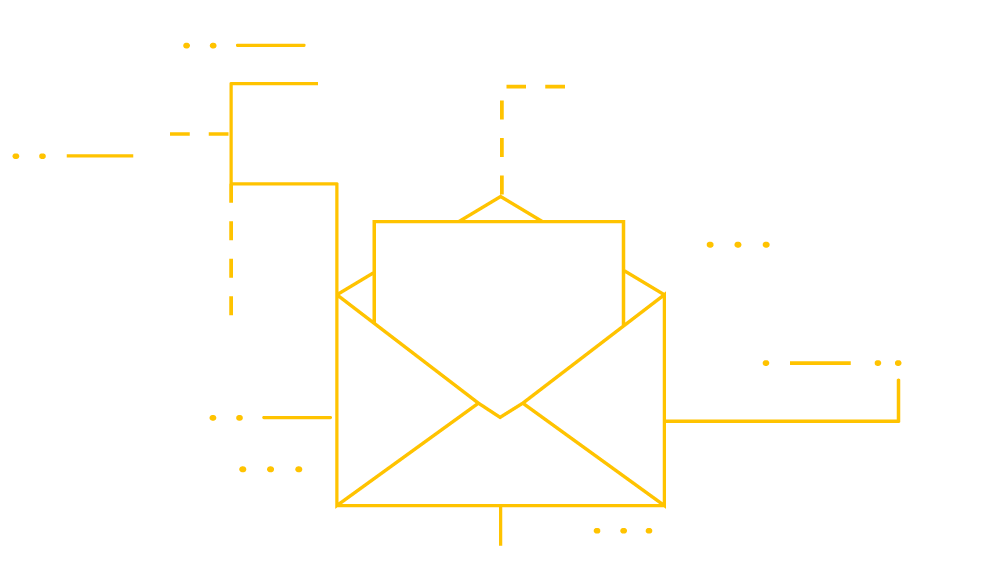
Summary
Layoffs are never easy, and in the age of AI they bring new challenges for leaders and employees alike. Beyond the impact on those who leave, the employees who remain often experience burnout, fear, disillusionment, and guilt. With AI frequently cited as a reason for workforce reductions, nonprofit leaders face the dual task of managing immediate morale concerns while also addressing questions about the role of technology in their organizations. This article explores how layoffs affect those who stay, the unique issues raised by AI, and the steps leaders can take to support their teams during times of change.
The Human Side of Layoffs
Laying off team members can be one of the most difficult parts of running a mission-driven organization. Social media is filled with stories about layoffs, with both employees and managers discussing their ideas of how to “do it right”, but the fact is that there is no way to make layoffs painless or to prevent them from having an effect on your team. Understandably, a lot of attention is paid to those being laid off and how their former employer can help support them. Less attention is paid to those still at the organization, and how layoffs affect their work and lives.
The recent growth of enterprise AI tooling has added a new wrinkle — AI layoffs are a frequent headline, as more organizations cite AI and automation as a capable replacement for many roles, especially entry level positions. These claims, whether real or not, can have a chilling effect at your organization. Unlike normal layoffs, they claim to be a full-on replacement, which means there is no possibility of rehiring later on. Understanding the way AI has changed the discourse around layoffs can help you offer meaningful support to your team through these changes.
 Here are some of the most common effects of layoffs in the age of AI:
Here are some of the most common effects of layoffs in the age of AI:
Burnout
Because layoffs are frequently carried out due to a lack of resources, the remaining employees are often tasked with taking on the work of the laid off team members. This can create a troubling cycle of overwork and burnout, which then leads to more layoffs as employees struggle to meet their new responsibilities.
Paradoxically, AI can actually make this cycle worse. If there is a perception that a job has been “replaced”, the remaining employees may feel pressure to overwork to prove their importance and value to your organization, which increases the risk of burnout.
Disillusionment
For your remaining employees, layoffs can be a signal that things are not headed in the right direction. They may feel concerned that the organization is in financial decline, which can lead to disengagement. Some employees might “check out” and start looking for a new role in anticipation of more layoffs.
At organizations with extensive AI and automation, disillusionment can become a prevailing attitude in the workplace, as your employees might wonder if they are viewed as expendable or if their usage of these tools is setting them up to eventually be replaced. This has led to some strange outcomes, such as employees lying about using AI when they actually aren’t using it at all.
Fear
A sense of fear or worry can take hold after a round of layoffs, which has both short- and long-term mental health effects on your team, and can greatly reduce productivity. Employees may feel less comfortable having casual discussions at work, which can lead to a feeling of loneliness and discomfort. Each project, meeting, and announcement has a heightened level of importance, which can make the workplace into a source of continual anxiety.
This feeling can make team members hostile to change, particularly any change related to AI or automation. Rather than seeing AI as a tool, they view these tools as a threat or even a rival, and using any AI tools as “training my replacement”.
Guilt
A common feeling among those who remain after a round of layoffs is a sense of guilt or unfairness, particularly at mission-driven organizations which often have close-knit teams and a stronger sense of common purpose. These feelings can lead employees to question their place in the organization, or whether the organization is doing the right thing to further its mission, which can lead to reduced productivity, engagement, and interest.
This can be exacerbated by AI usage, as some may view this as “cheating” or an unfair advantage. AI enthusiasts may also feel guilty if they perceive that these tools have cost someone their livelihood, which can lead to mistrust or skepticism.
About Us
For more than 40 years, 501(c) Services has been a leader in offering solutions for unemployment costs, claims management, and HR support to nonprofit organizations. Two of our most popular programs are the 501(c) Agencies Trust and 501(c) HR Services. We understand the importance of compliance and accuracy and are committed to providing our clients with customized plans that fit their needs.
Contact us today to see if your organization could benefit from our services.
Are you already working with us and need assistance with an HR or unemployment issue? Contact us here.
The information contained in this article is not a substitute for legal advice or counsel and has been pulled from multiple sources.
(Images by Freepik and Rawpixel-com)




